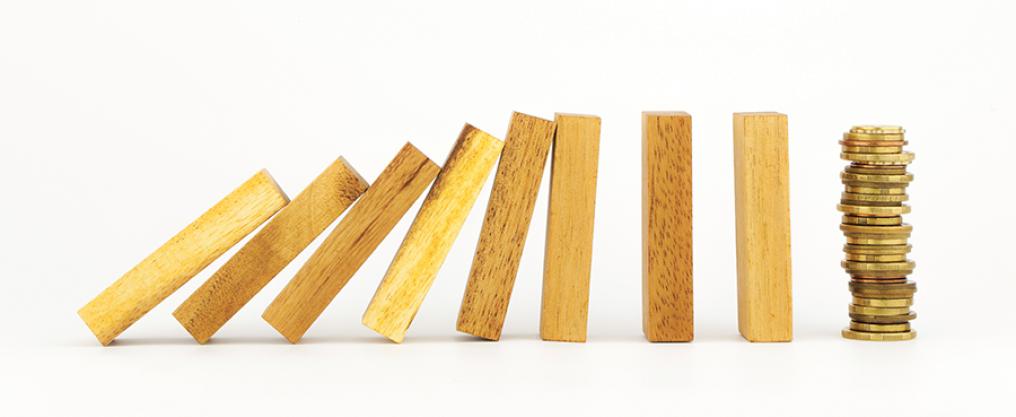Not gone paperless in the boardroom yet? Phillip Baldwin, Director ICSA Boardroom Apps (HK) Ltd, hopes to change your mind.
There are many digital meeting solutions on the market, some better than others and a lot has been written about why companies should go paperless in the boardroom. These mostly revolve around companies (such as mine – guilty as charged) bombarding directors and CEO's about all of the advantages such as saving time and money, being more secure etc. The latter is a big one; vendors focus on directors' insecurities about misplaced/ undelivered couriered meeting packs and the lack of security surrounding popular email services (which, to be fair, is mostly true). The other big advantage is that papers will always be up-to-date. Again all of these are true and good reasons to go digital. The other often cited reason for going digital is saving of paper – “Look at the amount of paper you will save by using X board portal” goes the pitch. This is then more often than not converted into a monetary saving. Again all true, but it misses the point. If none of the above arguments have yet convinced your board to go digital, let me give you one excellent and unassailable reason to do so; or more accurately 11 million reasons, because 11 million is the number of trees cut down every day to make paper. That equates to an incredible – and unsustainable – four billion trees each year just to make paper. To put it into perspective, every year 11.5 billion trees are cut down and 35% of these are cut down specifically to make paper. It is true that many of them are from tree farms and specially grown; but many aren’t and we've all seen the photographs of the Amazon and Borneo rainforests devastated by unscrupulous and often illegal logging. These devastated areas may never recover – it's not just the trees but a whole ecosystem that is destroyed and lost forever.Dirty business
But cutting down 11 million trees daily is only part of the equation because making paper is a dirty business. In fact, as far back as the early 1990s the US Environmental Protection Agency identified pulp mills as among the worst industrial polluters of air and water. This was reinforced in its June 2015 discussion paper 'A Retrospective Study of EPA's Air Toxics Program under the Revised Section 112 Requirements of the Clean Air Act’, written by Art Fraas and Alex Egorenkov. The paper finds that, although the level of hazardous air pollutants produced by the pulp and paper industry apparently declined by between 20–30% per year, this may have been merely as a result of fluctuating demand rather than a real mill-by-mill reduction. The paper cites evidence of the poor performance of the US pulp and paper industry in terms of reducing its pollutants. It gets worse. To make 1,000kg of paper requires 20 full-grown trees and up to 90,000 litres of water (alternative sources state 25,000 litres, but that is still a lot of water – see 'Paper facts' below) and produces 1,460kg of greenhouse gases as waste. Just to make paper. Don’t get me wrong, I like and use paper; it is both useful and necessary for some things, but board meetings are not one of them. There are viable – and arguably better – alternatives. At the very least, board portals are a credible and acceptable alternative. In much the same way as the argument for using whale oil (and so the hunting and killing of whales) has been discredited as superior modern alternatives have been developed, the argument for using paper in a formal meeting setting such as a board meeting has all but disappeared and has no credibility. The often heard argument that my directors are too old or not tech-savvy (or both) is simply blown away when confronted with the facts. My company's product has users in their 80s and, to my knowledge in Hong Kong, we have only once had to train a director twice on how to use our digital solution. I’m sure my competitors would give you similar figures. Today's digital meeting solution using tablet computers such as iPads and Surface Pros are incredibly easy to use. I bought my 75-year-old mother an iPad a year ago and she is now an avid user. Technology is no longer a barrier to going paperless.Is using paper really worth it?
If you take the average sized board in Hong Kong as consisting of (conservatively) 12 directors and the average meeting pack weighing approximately 1kg, the figures for each meeting are stark. For each meeting your board would use approximately ¼ of a fully-grown tree (say 15-25 years old and 60 feet/ 18 metres tall), 1,080 litres of water and would produce (as waste) 17.52 litres of greenhouse gases. If you used a digital meeting solution you could save every year (presuming 11 board/ committee meetings per year):- 132kg of paper
- 2.75 fully grown trees
- 11,880 litres of water, and
- 192.72 litres of greenhouse gases.
SIDEBAR: PAPER FACTS
- 11.5 billion trees are cut down annually – 35% are used to make paper
- that's four billion trees per year just to make paper
- that's 11 million trees cut down every day just to make paper
- the world consumes about 300 million tons of paper every year
- every tree requires 490 litres of water for growth
- the production of 1,000kg of paper requires:
• 17-20 trees (average) • 24 trees for white office paper, 12 trees for newsprint • 25,000 litres of water (this is a conservative figure, some estimates are as high as 90,000 litres) • 10,061 kWh of electricity • 2.57 cubic metres of oil
Additional information/ alternative figures are available at: https://engineering.dartmouth.edu/~d30345d/courses/engs171/Paper.pdf.


